Good with money.
The list of reasons to invest responsibly is growing. Building a better society and protecting the planet by funding companies that treat their employees with respect, conserve water and reduce their climate-damaging carbon emissions is a motivation for many.
The growing body of research claiming that these strategies not only reduce risk but investors do not have to sacrific return by adopting them is another attraction.
Now there is another benefit. Responsible investing could see savers engage more with their pensions and pay more into their retirement pots. Indeed, a survey by Franklin Templeton found that defined contribution (DC) schemes could receive an additional £1.2bn collectively from members each year if they improve how they integrate responsible investing into their portfolios. This would see annual contributions rise by 20%.
The survey also discovered that only around a quarter of members (22%) believe that their DC scheme is aligned with their values. Almost half (45%) would pay more into their workplace pension if it offers more options to invest responsibly. Responsible investing has many names. The latest is ESG and what that means is the subject of much debate. The one fact that is undisputed is member interest in using their capital more sustainably.
With the popularity of ESG-led investing rising, we sat down with those following such a strategy and their advisers to discover how asset owners are investing responsibly, what returns they are making and if such strategies are limited to equities.
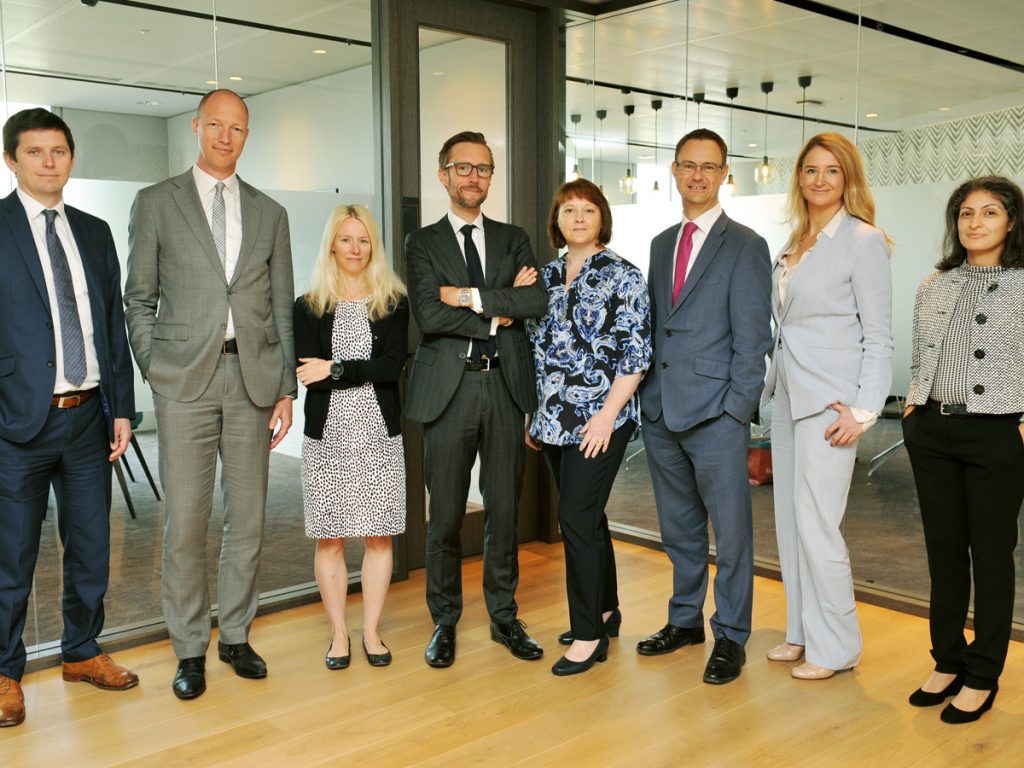
From left to right: Tim Manuel,UK head of responsible investment, Aon / Peter van der Werf, Director, active ownership, Robeco / Claire Curtin, Head of ESG, Pension Protection Fund / David Czupryna, Head of ESG client portfolio management, Candriam / Frances Deakin, Head of responsible investment, Local Pensions Partnership / Edward Mason, Head of responsible investment, Church Commissioners for England / Caroline Ramscar, Head of sustainability solutions, Legal & General Investment Management / Anita Bhatia, Investment director, Endowment team Guy’s and St Thomas’ Charity
portfolio institutional: What are asset owners hoping to achieve from investing responsibly?
Edward Mason: We manage the Church of England’s endowment, so we have a dual fiduciary responsibility.
We have to maximise financial returns for our beneficiaries, but we also have to reflect the values of our stakeholders in the church. For us, it is about values and value.
Frances Deakin: Local Pensions Partnership’s founding shareholders – the Lancashire County Pension Fund and the London Pensions Fund Authority – have a track record of responsible investment.
This came from a recognition that fiduciary duty is to have a holistic view of companies that they might invest in. It is not just how you make money and what you are making it from, there is a risk perspective as well.
LPP does not confuse responsible investment, which we see as informed investing, with being an impact investor, who sets out to make a social impact over and above the returns.
Claire Curtin: It is about ensuring that all investment risks throughout the horizon of your liabilities are considered.
The risk element is particularly important for us because of our purpose to provide compensation when underlying sponsors fall.
Anita Bhatia: We have integrated ESG into our due diligence process and ask our managers questions around diversity, inclusion and the level of engagement that they have with their portfolio companies. We are also impact investors. Last year, we carved out 5% of the endowment to invest with a two-fold objective to achieve commercial risk-adjusted returns and make an impact on peoples’ health.
PI: Is this interest in responsible investing what asset managers are finding when talking to clients?
Peter van der Werf: It depends on which part of the globe you are speaking to an asset owner in. We see a lot of interest for sustainable investing in Europe and it is growing in other regions.
Active ownership is crucial for many asset owners and the expectations they have of their managers to conduct these activities are high.
Caroline Ramscar: We are being more explicit in how we incorporate ESG across our entire investment process as we find clients expect it.
There is still a journey for trustees to make, particularly considering regulatory changes in the UK, and it is not always clear what they need to do.
We want to take clients on that journey and show them that there is a difference between asset managers and make sure that they know what they should be looking for. For example, helping them to lift the bonnet to see how their managers are voting.
Tim Manuel: The question is, what’s motivating trustees to embrace this.
The variation in views can be wide, even within individual trustee boards, where some recognise the financial relevance of taking this into account while others see it as their duty as an institutional investor to think about the impact they have on society.
On the other side of this question are the members. Some defined benefit (DB) trustees are concerned about what their members might tell them if they start asking the question and what it might mean for their decisions.
It is a different story in defined contribution (DC) because the connection to the member is stronger. They are more impacted by outcomes and there is the opportunity for trustees to engage with their members.
Ramscar: LGIM’s latest master trust survey found that 53% of members would engage more with their pensions if the investments incorporated ESG. So responsible investing is a way to increase member engagement and contributions.
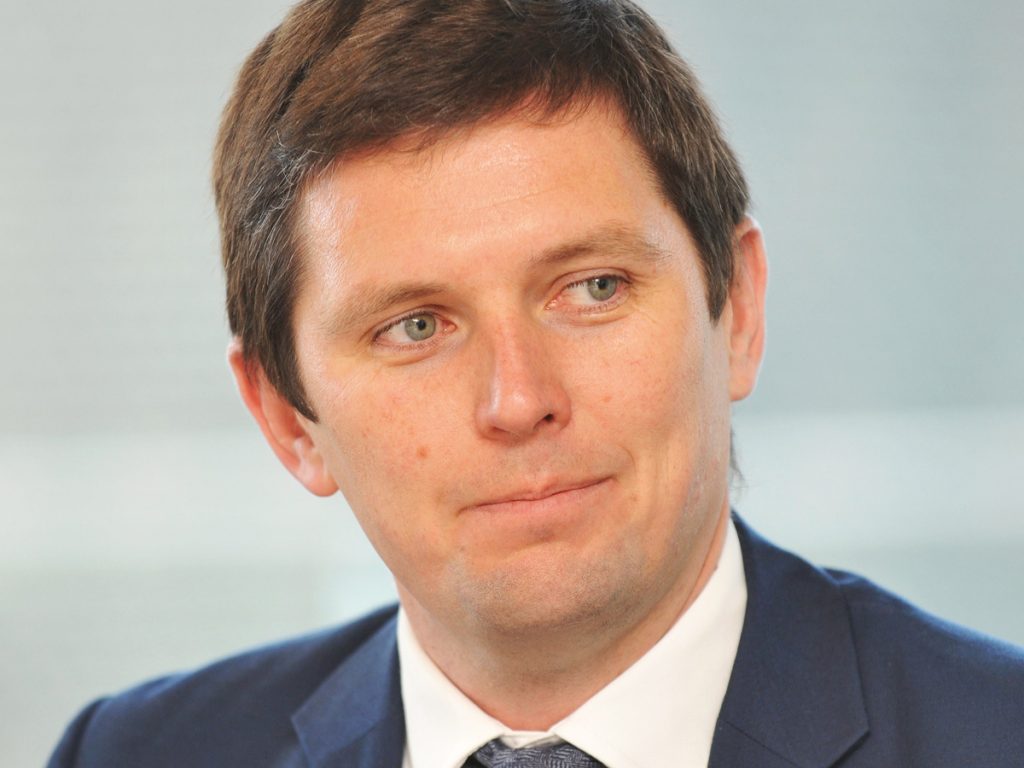
“Anyone waiting for definitive evidence that this will lead to better financial outcomes could miss the boat by the time it comes.”
Tim Manuel, Aon
Bhatia: Let’s take a few steps back. There is a perception, and it’s valid, that responsible investing should be more about negative screening.
There is also a case for integrating it into the DNA of how we look at risk-adjusted returns. What we should be doing as investors is think about this being an inherent component of the risk-return piece. Investors should be asked whether they want to maximise returns at any cost or achieve competitive returns without causing damage to society and the environment.
Mason: We seek to use our position as an asset owner to have a positive influence on the asset managers that we select. We rate managers on ESG and are prepared to go on a journey with them. We expect them to engage with ESG criteria and decide how it’s financially material for their strategy. That is an important role for asset owners to play.
David Czupryna: If you talk about ESG as a whole some trustees may find it a difficult concept to grasp.
It becomes more palatable if we focus on one or two specific topics, such as climate change, where they can make a concrete impact through their investment. Building on this, you can talk about engaging with companies, about measuring their impact on these big social and environmental challenges. The key is to find the right angle.
Manuel: From the trustee boards we work with, the strongest belief in the financial materiality is in the G, and then the E and then the S. Interestingly, the weakest belief was in ESG as a combined concept. The broader the concept the harder it is to get a handle on it. Finding the specific points and examples that resonate with trustees is the way to get in.
Ramscar: Communication is key. Member engagement reporting and translating the ESG integration investment process into something meaningful is crucial. You need to demonstrate that you are adhering to the agreed ESG principles.
Whether this relates to climate metrics or the number of women on boards, it is about showing an improvement, because there needs to be progress.
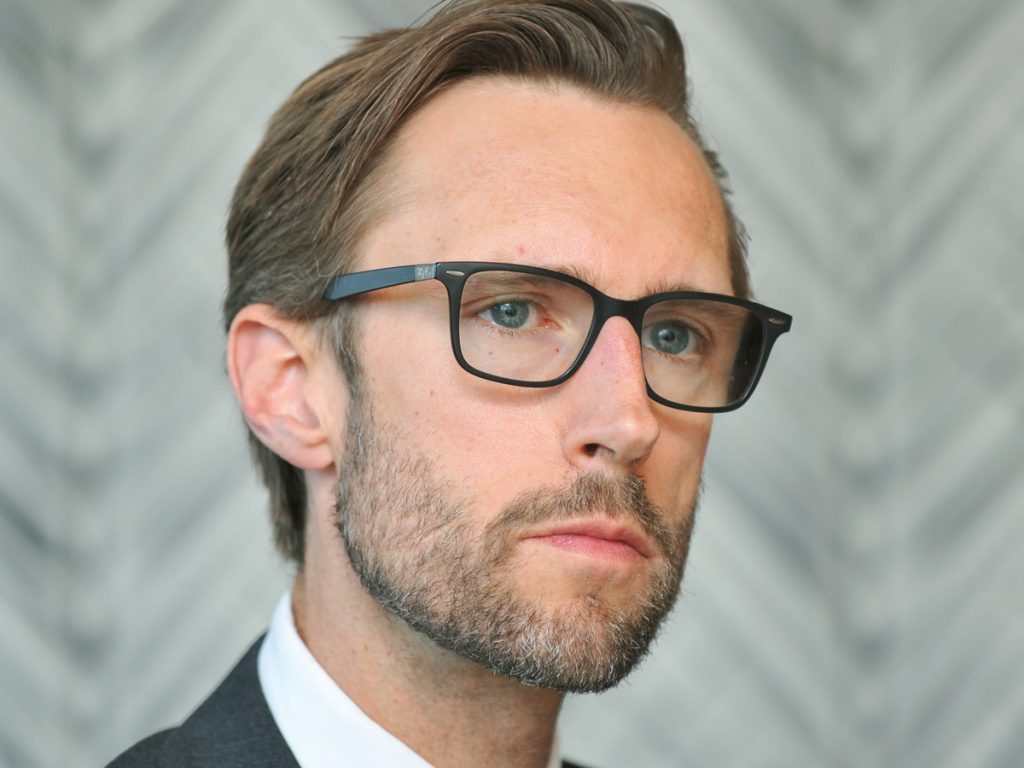
“In a way, ESG is like compliance or risk management in that it has to be embedded deeply within an organisation.”
David Czupryna, Candriam
PI: How easy is it to manage client expectations in this area?
Curtin: As a consumer of the information, there is still little information available. This is inherent to a process, but there is not that demonstration yet of how it has fed through. We are a long way from receiving that evidence. ESG is still quite conceptual.
Werf: We spend a lot of time sharing information about ESG integration and the results of active ownership with our clients. The more we can tailor that, the better.
We explain what ESG integration is, what it looks like and how it works. Although we have been doing this since the ‘90s, the topic has become more popular these days with almost every asset manager making claims, so we need to keep improving every day as well.
Ramscar: The problem is the lack of a common framework and ability to compare asset managers. In time this will be addressed, but it is up to asset managers to show leadership. Even if it is not perfect, start putting information out there that people can use to assess managers.
Mason: The language of the journey is helpful for asset owners and asset managers. This is a process, it is not something that is complete, it is a journey for all of us. We are constantly revisiting our approach in line with market developments, stakeholder expectations and new things arising like impact investing. We look for concrete developments at managers, and that reflects the journey that we are on of understanding how ESG impacts investment. It varies from strategy-to-strategy, but one thing we do know is that sustainability is becoming ever more material.

“ESG is still quite conceptual.”
Claire Curtin, Pension Protection Fund
Czupryna: For quite some time, we explained to trustees our investment process and how we integrate material ESG factors into our investment decisions. Today, our clients expect much more than that. They want to see investment results, not only the financial, but the non-financial results too.
We have spent a lot of time developing new impact measurements that we can provide to our investors. Historically, you would provide a carbon footprint and a water footprint, but sometimes people struggle to understand the materiality of 220 tonnes of carbon.
This makes it hard for investors to comprehend their impact which is why we are moving towards simpler ways to transcribe investment results, like the reduction in carbon emissions through your investment is equivalent to three London to New York return flights. We need to realise that we are not always addressing a panel of experts and explaining the impact of an investment in layman’s terms can go a long way to convincing them of the importance of these dimensions.
Bhatia: We were confused as an early investor as to how we measure a diversified portfolio of impact investments. Something in biotech venture capital is very different from a housing fund. What kind of metrics can we use?
What we found helpful is the Impact Management Project, which sets out the ABC of impact investing, negative screening, responsible investing and sustainability.
It puts the five dimensions of impact investing – who, what, where, when and how – in a logical framework and communicates a high level of measurement. Then it is down to investors and managers as to how they might want to refine and develop that into more granular detail.
Deakin: Managers and consultants having trouble managing client expectations creates an impression that there is a barrage of demand heading straight for them and that they are overwhelmed by this tidal wave. It is a far more complex picture than that. There are push and pull factors at play.
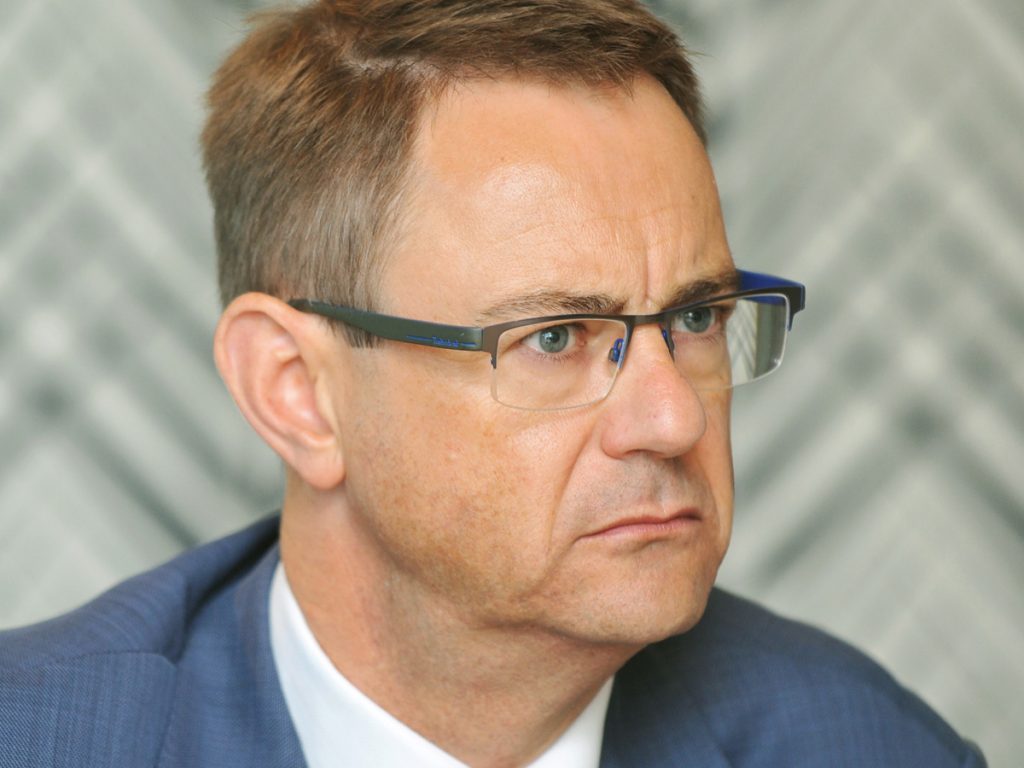
“We have reached the point where responsible investing is unstoppable, but it’s still coming of age.”
Edward Mason, Church Commissioners for England
Many funds are looking to managers to almost tease out what their beliefs are. Many are looking for sustainability, are thinking about their long-term horizons, they want to buy and hold. They are not yet in a place where they understand how they can measure what sustainability means for them as a pension fund, and they are looking for advice on that.
At the other end of the spectrum, there are clients who are clear about what it is that they are looking for. They are looking for a manager that can deliver a product that fits that bill and is not necessarily a re-badged product.
PI: We have talked about the questions you ask your managers, but what process do you go through when choosing a manager?
Mason: We look at if managers have a policy, how they incorporate ESG factors, their engagement and voting record, their reporting to clients and how they approach climate change. Finally, we look at whether someone can validate their responsible investment practices.
Werf: How helpful are the PRI Transparency Reports in assessing asset managers?
Mason: We find the United Nation’s Principles for Responsible Investment (PRI) Assessment Reports more useful. You can see how a manager measures up to a PRI assessment system.
Curtin: I always ask for the private Transparency Report alongside the assessment report. The number of times I get the public report sent to me. I want the full details. What are they hiding? I find those two next to each other useful, especially if the managers are PRI signatories.
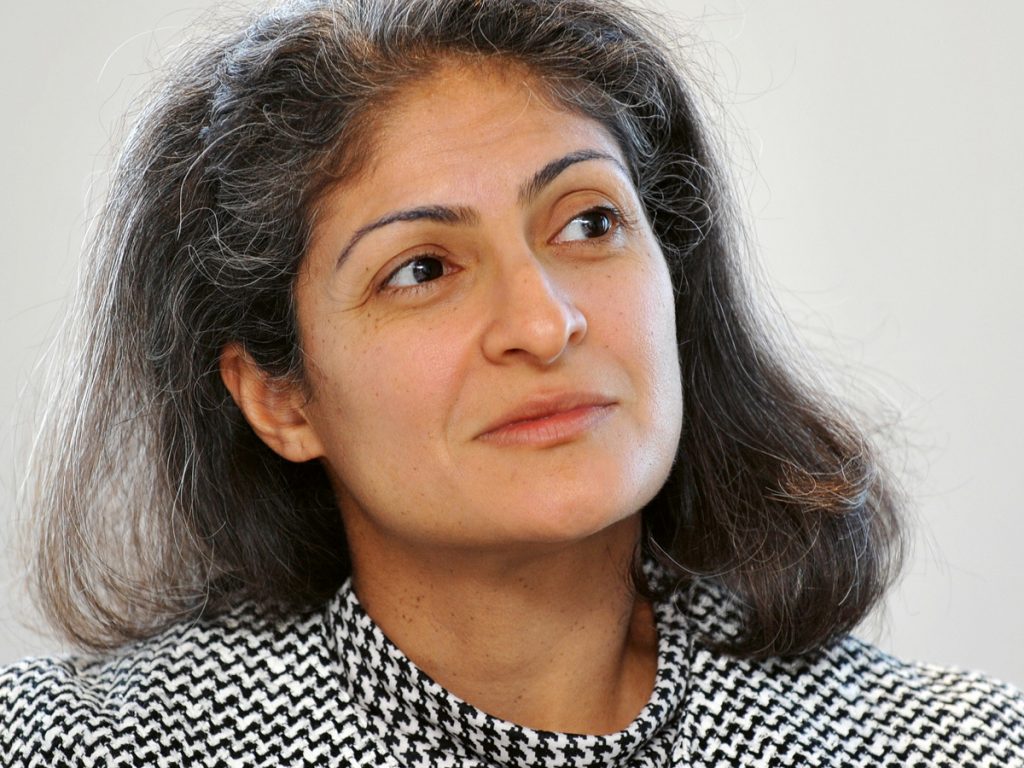
“What we should be doing as investors is think about this being an inherent component of the risk-return piece.”
Anita Bhatia, Guy’s and St Thomas’ Charity
Manuel: There is no shortcut to due diligence when it comes to any aspect of understanding what a manager is doing. What we typically look for is a clear message and consistency of application throughout the process.
Does the philosophy align with the policy? Does the policy align with the incentivisation of the managers? Does that align with the portfolio decisions that they are making?
My rule of thumb is, if you want to know how good an organisation is at responsible investment, the last person you talk to is the head of responsible investment. If you want to know that it is embedded in the processes, you start with the portfolio at the end of the process and work your way back.
Czupryna: In a way, ESG is like compliance or risk management in that it has to be embedded deeply within an organisation. It is not just an investment style tilted towards value or growth; it needs to penetrate every dimension of an organisation.
Ramscar: When you assess a manager, you should be looking to see whether ESG is integrated into the mainstream teams in that business, rather than it being seen as the responsibility of a single team.
Curtin: We are now asking managers a lot more about their diversity and inclusion. It is something that is a journey. We are not expecting everyone to have that equivalence immediately, but to think about how as an industry we can work towards improving those aspects.
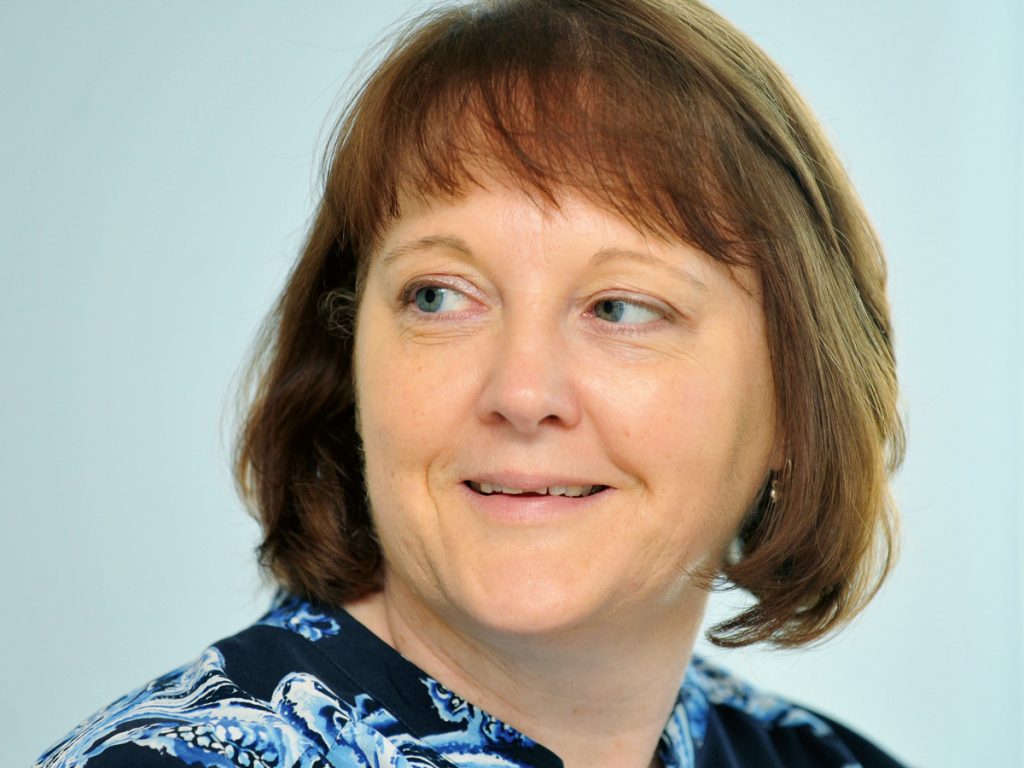
“You are underwriting the manager as much as you are underwriting what they are investing in on your behalf.”
Frances Deakin, Local Pensions Partnership
Mason: That is a role for asset owners. It is about incorporating these things into your regular processes. We have incorporated questions on diversity and dignity at work into our operational due diligence.
Manuel: The second version of our annual survey on responsible investment attitudes and beliefs highlighted that the importance of responsible investment has accelerated among investors, particularly in the UK. More schemes have a policy now, but the one bit that has not moved on is the extent it impacts on manager selection.
Investors were asked if they would sack an outperforming manager who was not living up to their responsible investment expectations. Less than one in 10 said they would. Most of these investors who said they would were in the UK and the EU, hardly any in North America.
While there is more clarity on beliefs and policy, it is not clear that that is filtering down to the way portfolios are being built.
Bhatia: A problematic feature is that if you have a liquid fund it is easy to divest. In private markets if you are locked in for two to 10 years, it is difficult for investors to have that bargaining chip to withdraw their investment.
After we make an investment, we go on a journey with those managers to urge them to create investment advisory boards, which we take a seat on. So we are having constant meetings and not just monitoring per se. Investors can get into a trap of being passive and just getting quarterly reports, but we try to be more influential.
Mason: For us, it is about having confidence in a manager and there are many dimensions to that, such as financial performance.
Responsible investment is about a relationship. You want to know that the manager is sticking to their investment style and is aligned with you on responsible investment. It can undermine our confidence in a manager if they are not prepared to go on this journey with us.
Deakin: You are underwriting the manager as much as you are underwriting what they are investing in on your behalf.
There should be common ground when selecting managers. You are looking for a base level of commitment, not a photo-fit manager. As much as you want diversity from your managers, you do not want them to give you the same thing. There is room for a house view which is not directly aligned with your own.
When you come across managers that are not good at articulating how they integrate ESG, but are doing it, you have to go on a journey with them. For us, that means starting to articulate that in a public space, joining other investors and asset managers to become part of the movement.
Czupryna: I would be cautious about managers who are doing ESG without knowing it. If we go too far with ESG being something that you can do without adding the resources needed, the risk is the dilution of ESG. It becomes almost a theory.
For ESG to be material for an investment it needs to go beyond that. It is not just about looking at a few factors, it is also about showing how it is making a difference and how you are behaving towards companies as a responsible investor. Are you engaging with them? Are you using your voting rights to foster improvements at these companies? This is where we are cautious when we advise our clients on selecting external managers.
PI: Engagement is a big part of ESG, but does it lead to change?
Mason: It is unquestionable that engagement works. It is time to move on from a question like that. There is academic evidence that it works. For people who have been doing it for a long time, there is demonstrable evidence.
We have put more effort into engagement on climate change than anything else. Not many people would have believed five years ago that we could get the oil and gas sector to where it is now. I am not saying that it is the end point where we need companies to be, but that would not have happened without shareholder engagement.
It would also not have happened without other pressures in society, whether it’s civil society pressure, regulatory pressure or just a growing sense of climate crisis and the need to respond. Shareholder engagement has an impact, but there are still not enough players and we need everyone to be exercising proper stewardship with their investments.
Werf: Royal Dutch Shell is an example of a company joining with Robeco, the Church of England and a few other large shareholders to make a joint statement on their long-term ambitions and shorter-term targets. That is a clear case of the change that shareholders can make.
I have been speaking to the chief sustainability officer of a large global food and beverage company for several years. Early on in our discussions they moved the responsibility for obesity to their customers, but now they have acknowledged the need to change. They have committed to reducing sugar in their recipes, and are looking at broader sustainability issues such as improving water management and reducing plastic.
Ramscar: It is clear that engagement gets companies to change. Unilever would have left the UK if we had not stepped in. Does it deliver system-wide change, particularly on climate change? Not on its own.
PI: Do investors have to sacrifice a return to invest responsibly?
Bhatia: If we are investing in an ethical or socially responsible fund, the returns are market returns, generally speaking. When we get into private markets, it’s a mixed bag. That’s where we tend to focus on catalyticfocused investments.
We have found some impact investments which can deliver private equity-type returns, but there is also a group of emerging managers focused on local communities. They tend to be small-scale funds that aim for subcommercial returns.
We have been flexible in our approach. We have gone for the commercial returns and where returns have been borderline.
Czupryna: It boils down to the investor’s perspective. ESG is a large toolbox and if it means excluding a whole bunch of sectors then it is hard for anyone to guarantee that a portfolio will outperform over the medium term.
Long term is another question. Excluding tobacco makes sense if you have a long-term perspective, because the sector is knowingly killing people, so it is hard to argue that has a long-term future.
As long as the ESG factors being considered are financially significant for the company, it makes financial sense to integrate ESG into an investment as it is going to help deliver superior returns.
Werf: Our quantitative researchers looked at the sin stock anomaly, at why tobacco and gambling stocks deliver attractive returns. We found that a lot of these companies have the quality factor.
If you take a factor approach in a quantitative portfolio, switching tobacco stocks for other quality stocks makes up for that sin stock exposure. This kind of research is something we are looking to use more on a broader set of ESG topics, looking more to the factor exposure that you are willing to screen out.
So if that is on climate or tobacco, how can we bring that back into the portfolio, since we exclude, for example, tobacco in our portfolios.
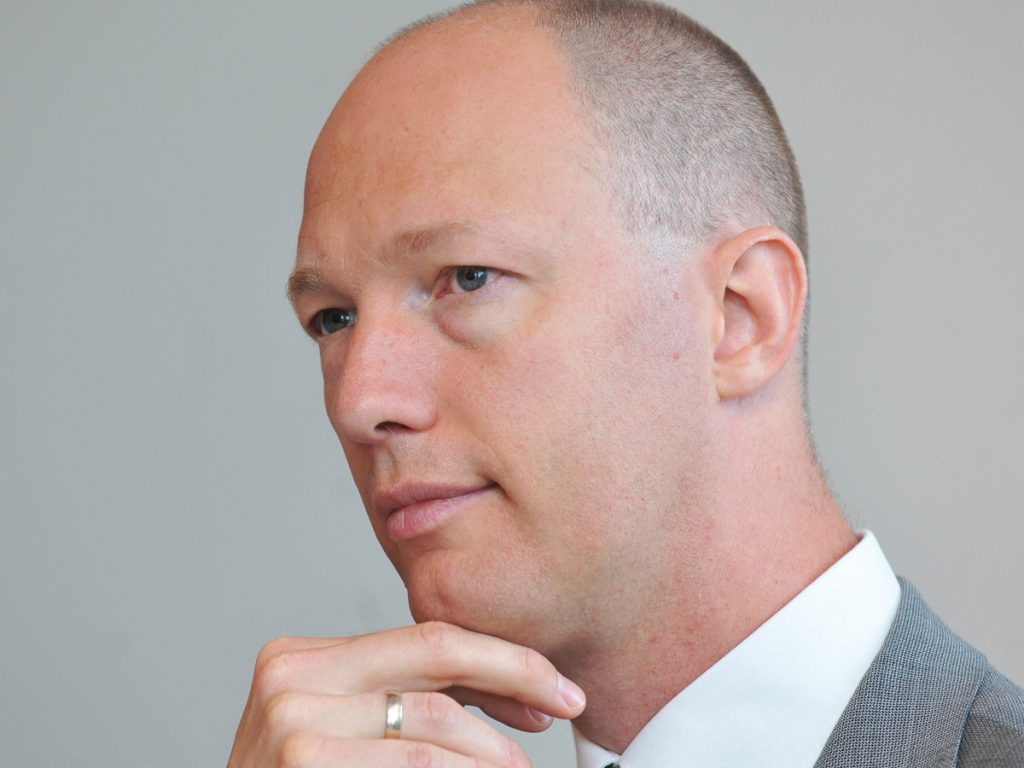
“What is so powerful about the SDGs is that our engagement narrative has changed.”
Peter van der Werf, Robeco
Mason: We have excluded stocks since 1948. We have a demanding endowment level return objective, which has been RPI plus 5% during the past few years. We have exceeded that over five, 10 and 20 years.
There is no question that you can have a comprehensive responsible investment approach that embraces exclusions. It can incorporate ESG factors without sacrificing returns, but you cannot look at this factor in isolation.
It is about good investment decisions across the piece, strategic asset allocation, picking the best managers and an alignment of interests with those managers. There is a lot to being a good investor, but being a responsible investor can be an integral part of being a good investor financially.
Manuel: The answer to that question is a big barrier to responsible investing being embraced by more investors. It is hard to definitively say “yes” or “no” to it.
In some ways, the institutional investment industry is cautious, conservative, has a preference for the status quo and an over reliance on back-tested evidence demonstrating financial outcomes. Anyone waiting for definitive evidence that this will lead to better financial outcomes could miss the boat by the time it comes.
Ramscar: To take this mainstream people will need to see evidence. We have demonstrated that there is a robust investment case. When a large UK DC scheme selected one of our Future World funds as its default fund, we were able to show that it generated better risk-adjusted returns for those investing longer-term.
If you have a robust and solid investment case and the fund also makes a positive societal difference, that helps get people over the line.
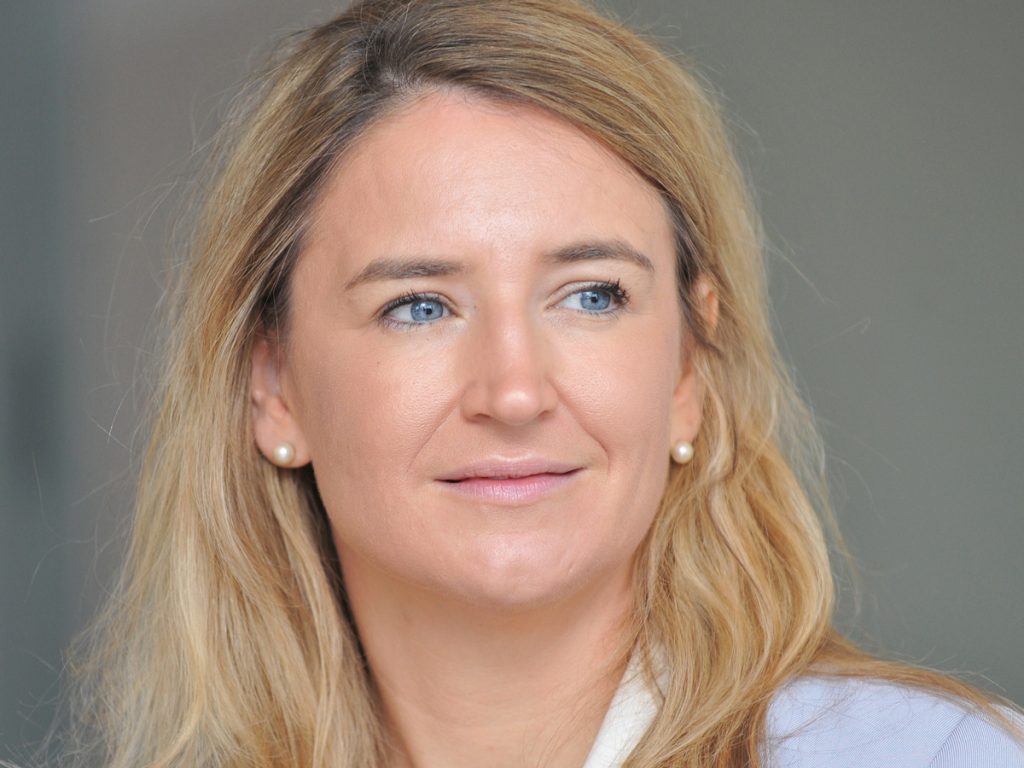
“We are being more explicit in how we incorporate ESG across our entire investment process as we find clients expect it.”
Caroline Ramscar, Legal & General Investment Management
PI: The lack of a common framework has been mentioned, but is anyone using the UN’s Sustainable Development Goals?
Ramscar: A lot of European clients ask us to demonstrate that we integrate them into our investment process. The issue is that they were not developed purely for finance.
They are a helpful overarching framework for how companies and countries should be moving towards the goals together, but simply implementing them in a financial framework is not straightforward.
Werf: We have invested a lot of time developing an ESG framework to assess companies. We built a rating system from +3 to -3 to assess their contribution to the SDGs. We are looking at if they are positive or negative on different ESG factors and to ultimately bring that into a single rating.
It has helped us to develop credit and equity products where we can say that these companies are neutral or positive on their contribution to the Sustainable Development Goals.
Czupryna: We have included SDGs in our analysis framework for the past three years. What we find is that some SDGs are easier to invest against than others. For example, SGD 4, which is about fostering education, is harder to make a positive contribution to because it is a niche sector. The SDGs were not developed for investors; they are the world’s to do list.
Werf: What is so powerful about the SDGs is that our engagement narrative has changed. We can put a dot on the horizon and tell companies that you might be getting good ratings on minimising your impact on water or plastic, but if your products are not delivering the solutions needed by 2030 you are not making the cut. That message is landing with companies when they say these are the areas they need to start making plans in.
Curtin: We look at it in asset classes where there is tangible evidence, such as infrastructure or forestry, where you can see that long-term investing horizon.
It is useful to think about it through an SDG lens, but in the listed-market space where you have a diversified product portfolio it is a lot harder.
PI: So ESG-led investing is not just about equities. How are you applying it to fixed income?
Czupryna: The green bond market specifically targets a couple of SDGs, so it should be easier to invest sustainably here than through equities.
Equities are a secondary market, so we are not directly financing companies, while we are funding specific projects through the bond market.
ESG in the bond market is straightforward, but the challenge is that it is hard to track how companies are using the funds that they raise. Social bonds are starting to make headways in providing investors with a way to activate their ESG objectives.
Ramscar: ESG is not just about equities. In fixed income, companies that miss-manage ESG factors are more likely to be downgraded or to default. So ESG lends itself well to the fundamentals of fixed income investing.
Mason: Responsible investment is just a way of going about your business as an asset owner. It applies to all asset classes.
We are seeing developments in some of the tougher asset classes, so we have reached the point where responsible investing is unstoppable, but it’s still coming of age.









